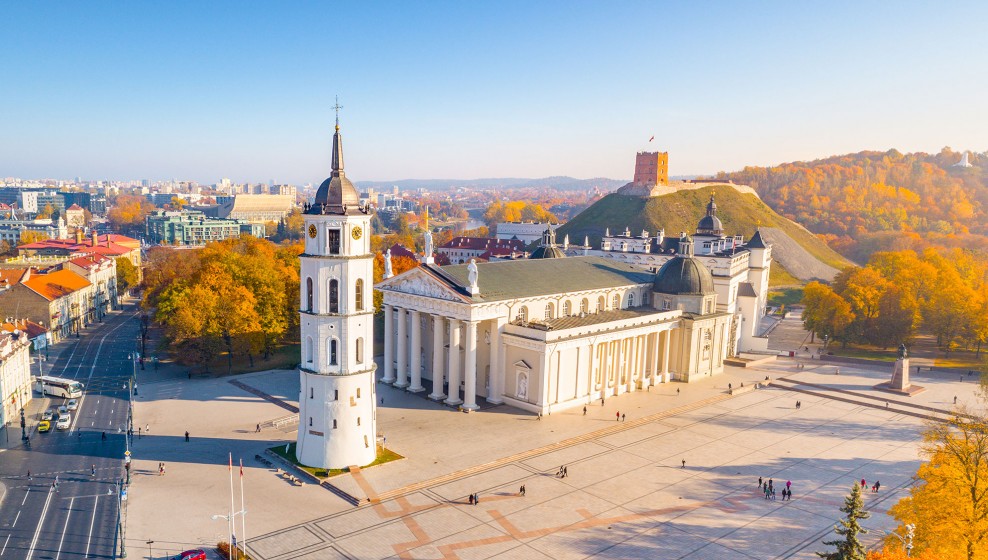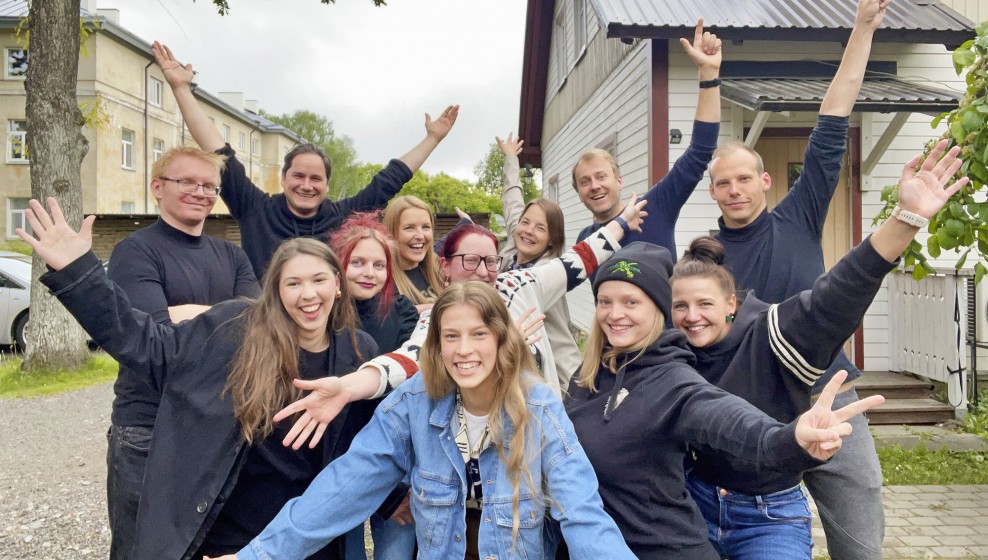Estonia’s warm summers pull locals and visitors from bustling cities to the calm and quiet seaside. Long summer days can be spent relaxing along a coastline stretching 3794 kilometers. This shallow waterline is often covered with golden sands as far as the eye can see. It is well worth a visit, either in Tallinn or further away from the capital.
Uncharacteristic for such a northern country, much of local folk songs and stories revolve around the sea, and many beaches of Estonia have also been immortalized in pop music. Taking a ferry to visit Saaremaa or Hiiumaa for the weekend is common for Estonian families, and everyone has their favorite hidden beach somewhere in the country.
There are many options for enjoying Estonian beaches and the seaside. Travelers’ choice – would you like to spend the day pampered in a spa, raving at a beach concert, or paddle boarding next to a dilapidated prison? Estonia has all these options available.
Pirita Beach
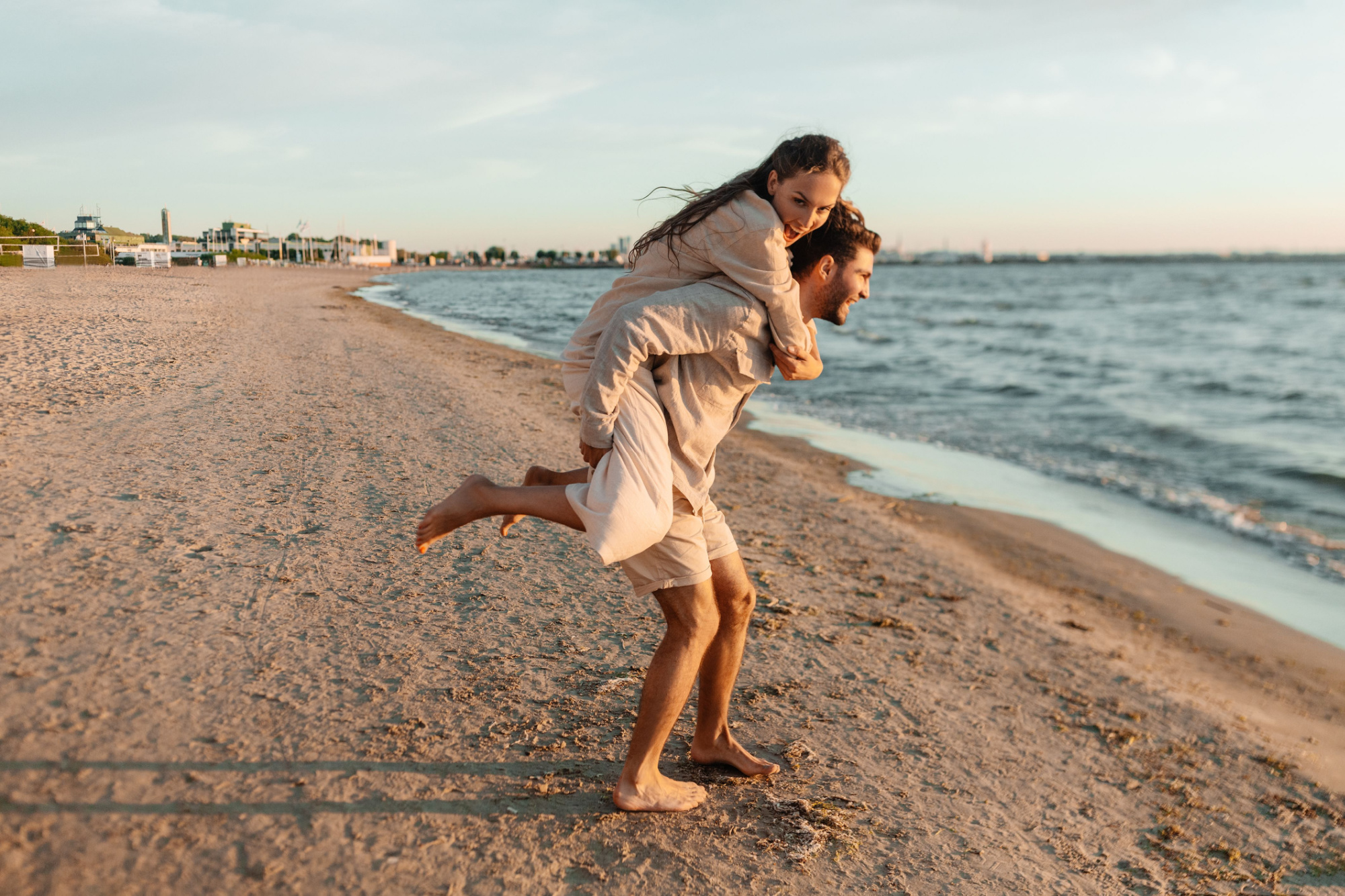
Pirita is the largest beach in Tallinn. It’s a bit further away from the city center in the Pirita suburb. The beach is well-equipped with playgrounds for kids and areas for different ball games. During the summer, you can find a beach bar, rent various equipment, book a SUP tour, or take a pedalo on the sea.
If the weather is nice and you have a few hours to spare – do stop by. Like in most places in Estonia, the water here is very shallow, and it takes a bit of walking to get deeper. This makes the beach a popular option for families with children. Nearby, you can also visit the Pirita monastery, the botanical gardens, and many interesting sights along the way to the beach.
Pirita Beach is easily accessible by public transport or rentable scooter services.
Pikakari Beach
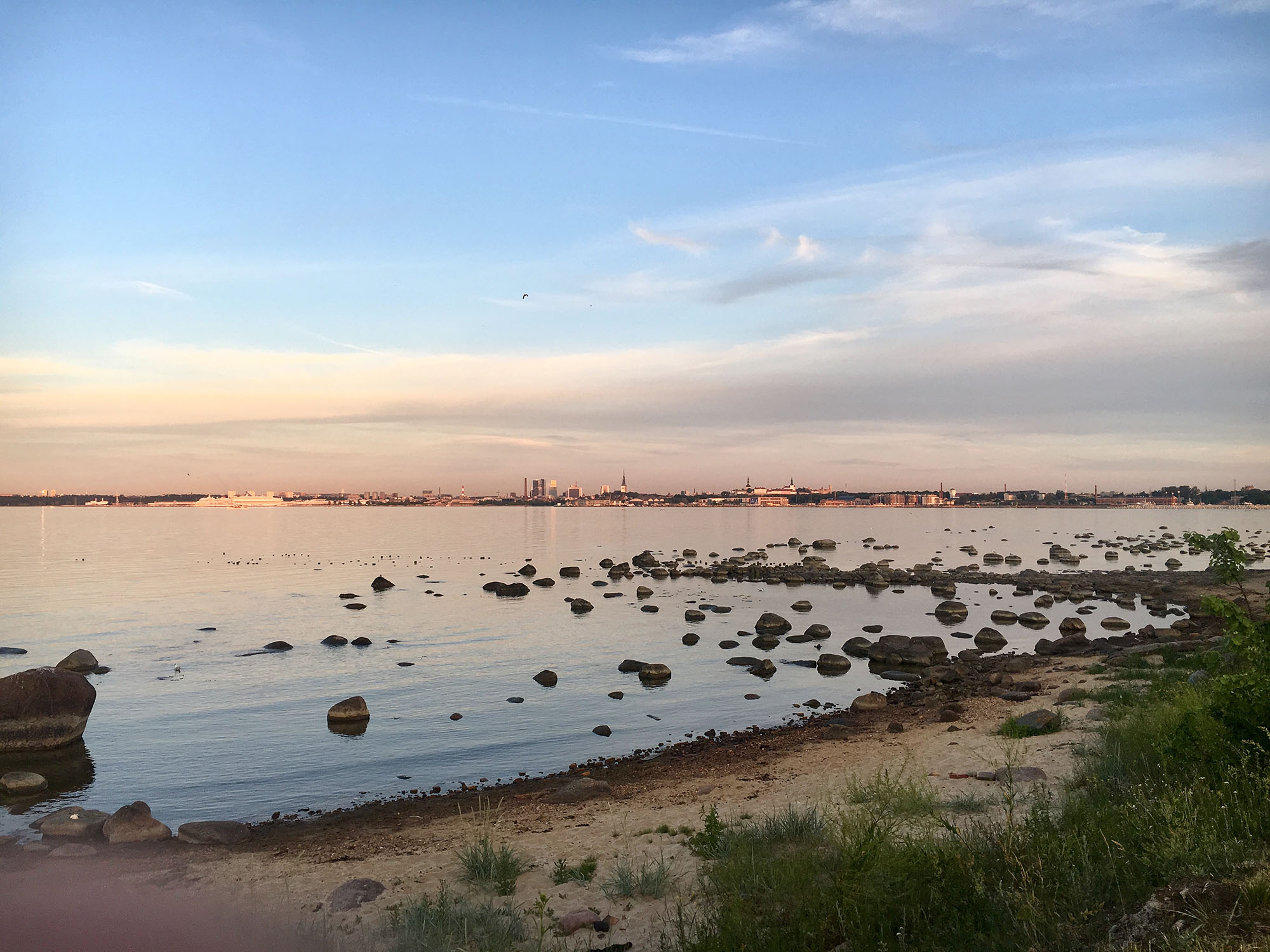
Pikakari Beach is located in the North-Eastern Paljassaare peninsula of Tallinn. The beach is a well-kept secret that tourists rarely reach. You can find areas for different ball games, places for setting up a barbeque, a hiking trail, and beautiful nature. On beautiful summer days, the beaches here are filled with families spending time together. Everyone will find a spot. Just move along the coast until there is more space. Unlike Pirita Beach, the water at Pikakari goes deep fairly quickly, and passing ferries create fun waves rare for Estonian beaches.
The name of the peninsula where Pikakari Beach is located is “Paljassaare”. This translates to “Naked island”. Keep this in mind because if you wander along the coast of Pikakari far enough, you will reach the local unofficial nudist beach.
A nearby hiking trail goes through a conservation area inhabited by waterbirds and waders, making this the best place in the city for birdwatching, with more than 230 species of birds spotted. During summers, the city lets highland cattle graze the conservation area so you can also spot some cute furry cows. For the adventurous, the long route of the trail leads you to some military structures abandoned after the Soviet occupation open for exploration.
Pikakari Beach is easily accessible with public transport or using Bolt rentable scooters.
Pärnu Beach & Resorts
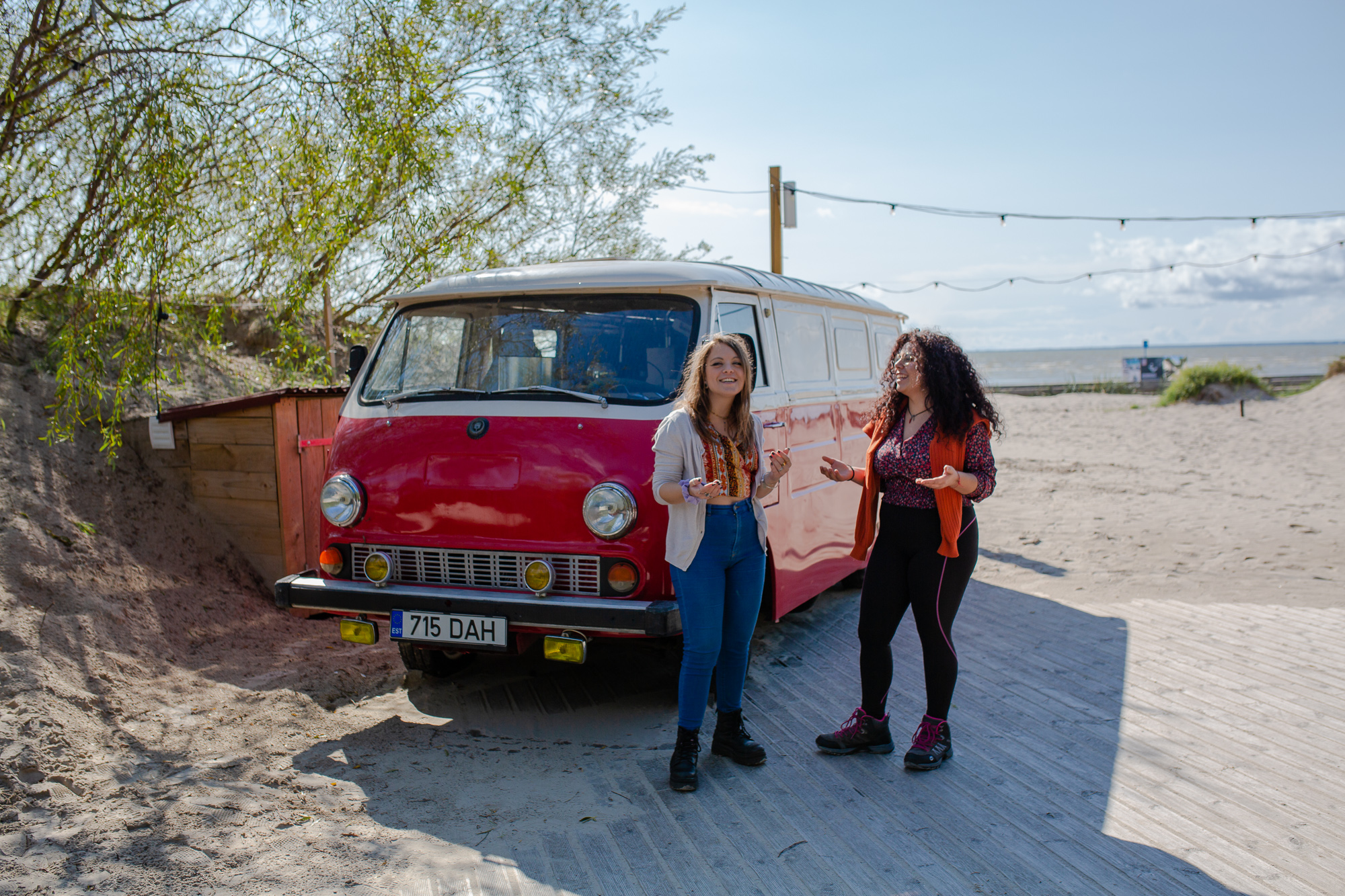
Less than a two-hour drive from Tallinn, you will find the summer capital of Estonia – Pärnu. With a golden beach stretching along the cityscape, people have been flocking to Pärnu for decades in search of leisure by the seaside. The first signs of human habitat in Pärnu date to 9000 BC, and people have been coming here for holidays since the first public bathhouse opened in 1838.
The town switches into party mode during summer, with Estonians and international visitors jumping at the opportunity to spend time at local restaurants, clubs, and spa resorts. The warm months are filled with concerts, parties, and fun in this summer capital.
Pärnu Beach’s shallow waters and good facilities make it popular for families with children. Pärnu is easily accessible with public transport, with buses leaving every hour or so from Tallinn bus station.
Paralepa Beach & Haapsalu Resort Town
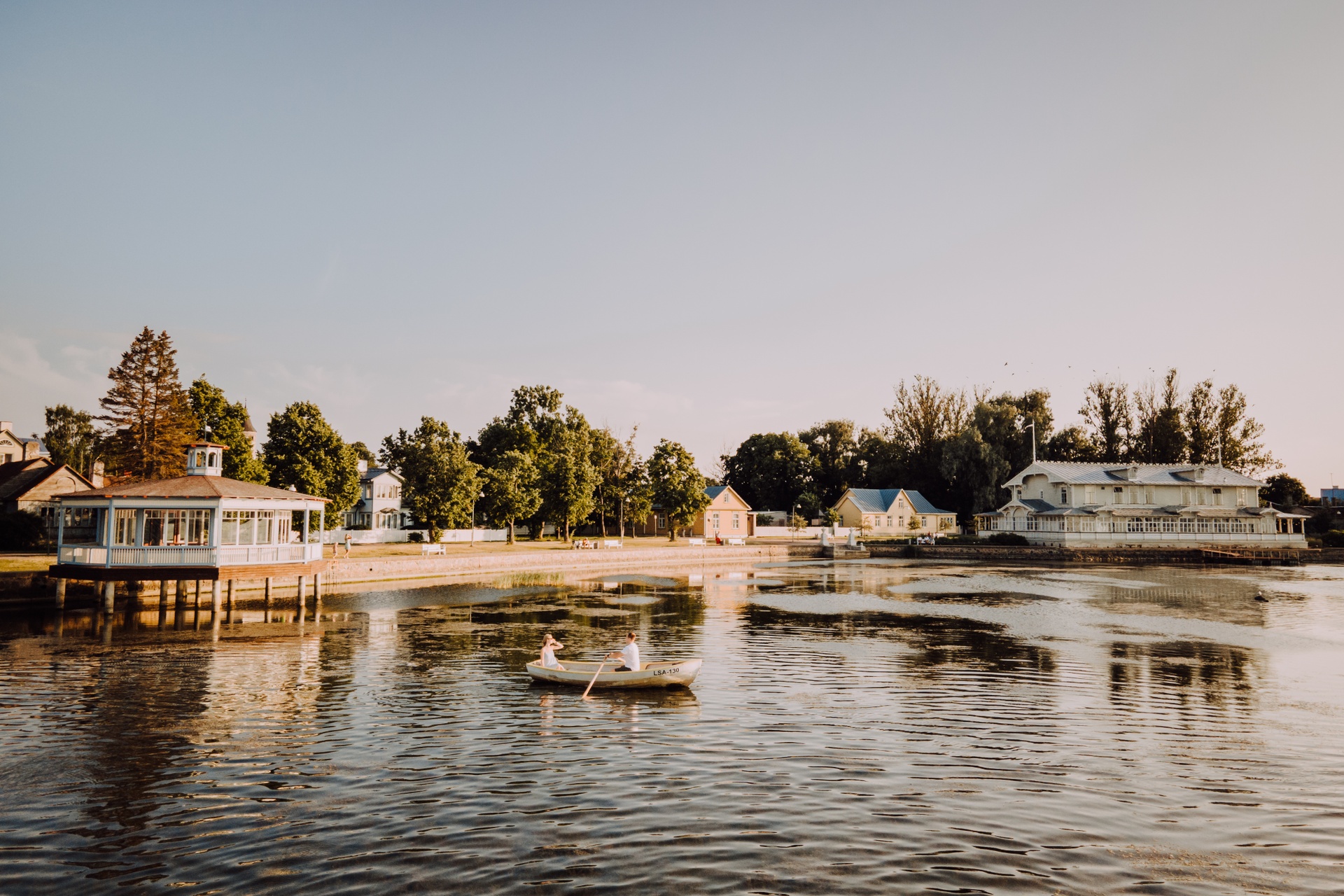
Photo: Brand Estonia / Rivo Veber
Haapsalu is the little sister of Pärnu, with around 10,000 inhabitants. The town is smaller, quieter, and more reserved than the summer capital, yet it comes to life during summer, just like Pärnu.
Paralepa Beach at Haapsalu is recorded to have the warmest waters in Estonia. The beach here has all the regular facilities, playgrounds, and ball courts. However, the beach is only a side quest for most visitors to the town. Haapsalu is famous for its resorts, with people flocking to the shores for therapeutic mud treatments since the 19th century.
The spas of Haapsalu are a popular destination for Estonians looking for pampering and visitors. There are quite a few street festivals and concerts throughout the summer, especially at weekends.
Haapsalu is easily accessible by public transport and an excellent place to visit for a day trip.
Rummu Quarry
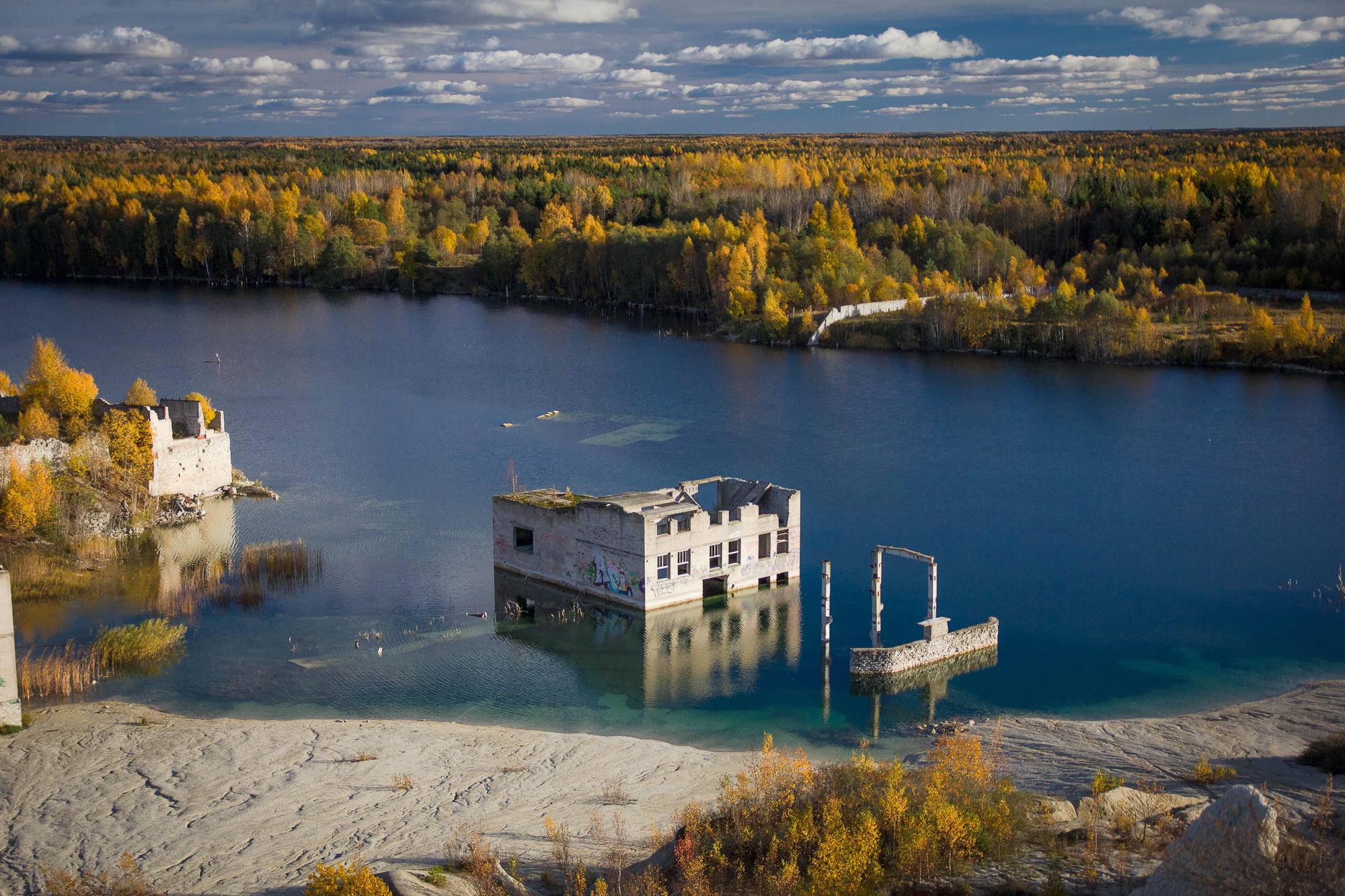
The Rummu quarry alongside Murru prison is a strange hidden gem about a 40-minute drive from Tallinn. The Murru prison opened in 1926 and soon started using the prisoners as workforce for limestone mining just nearby. The prison and the mine closed down a while ago, and nowadays, the flooded quarry has been turned into an exciting waterpark and museum.
This is a genuinely surreal way to spend a day at the beach. The moon-like landscapes along lagoon-blue water make for excellent experiences, and adventurous hikers can climb the hill for more nice views.
Rummu can be reached by bus. However, the timetable is relatively scarce.
Võsu Beach
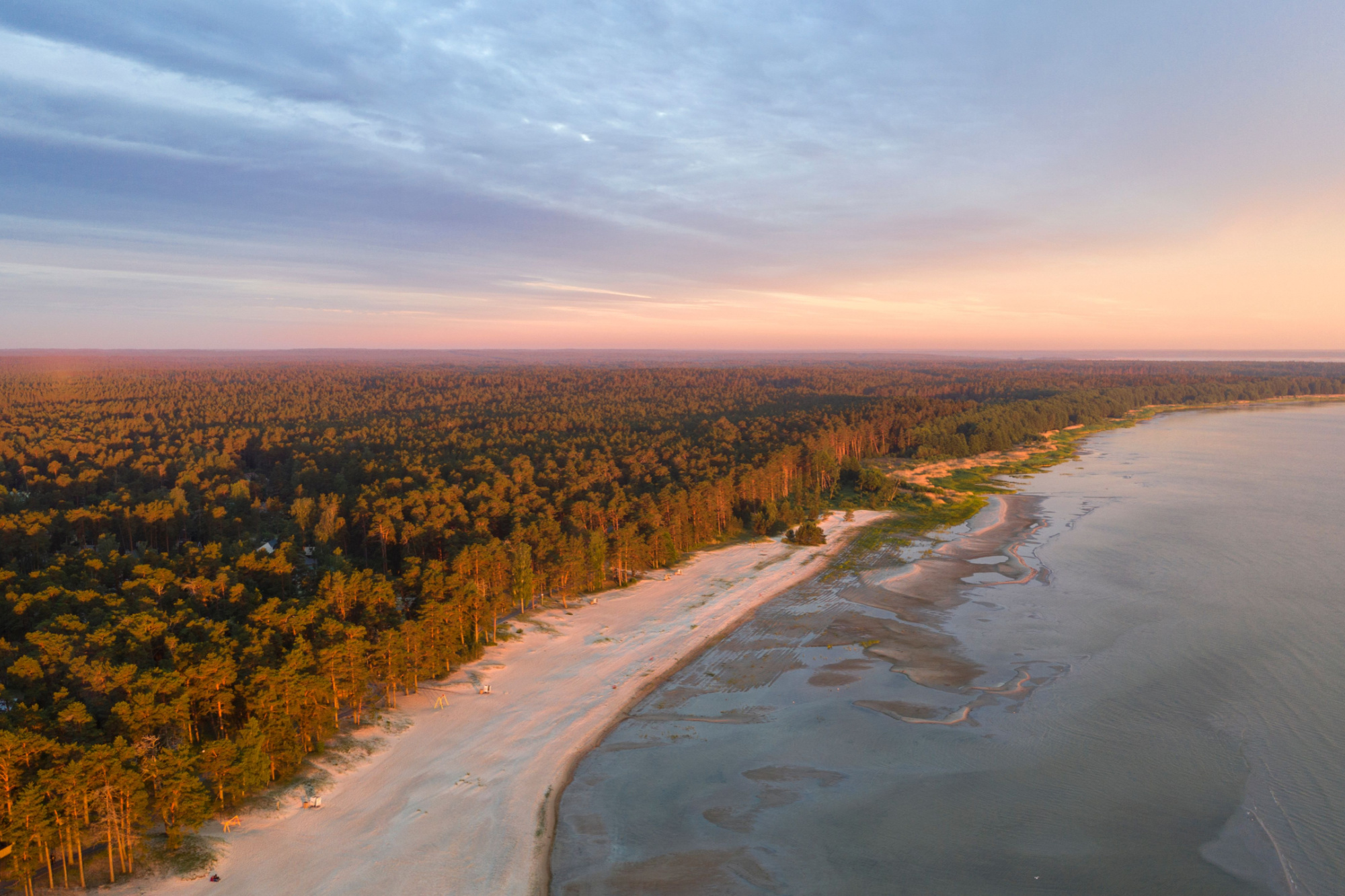
At the heart of Lahemaa National Park, you will find a small village of under 400 people called Võsu. Võsu Beach is known all over Estonia for its uniqueness. There is nothing over the top or grandiose about the beach, and precisely that is most of the appeal. You will find some changing booths, toilets, and showers – that’s about it. But the pine trees, golden sands, and shallow waters are perfect for passing time in the sun.
Immortalized in Estonian rap as the best beach in Estonia, People from Tallinn often come to spend their sunny summer days at the beach here as it is only an hour away by car. The village also has some restaurants, cafes, and pubs to cater to visitors, and during summer, with small music festivals and other events.
Nearby fishing villages and other beautiful sights at the National Park make this area an excellent day trip. Võsu can be accessed by public transport. However, it runs rarely, so plan ahead when taking a bus.
Kihnu Island
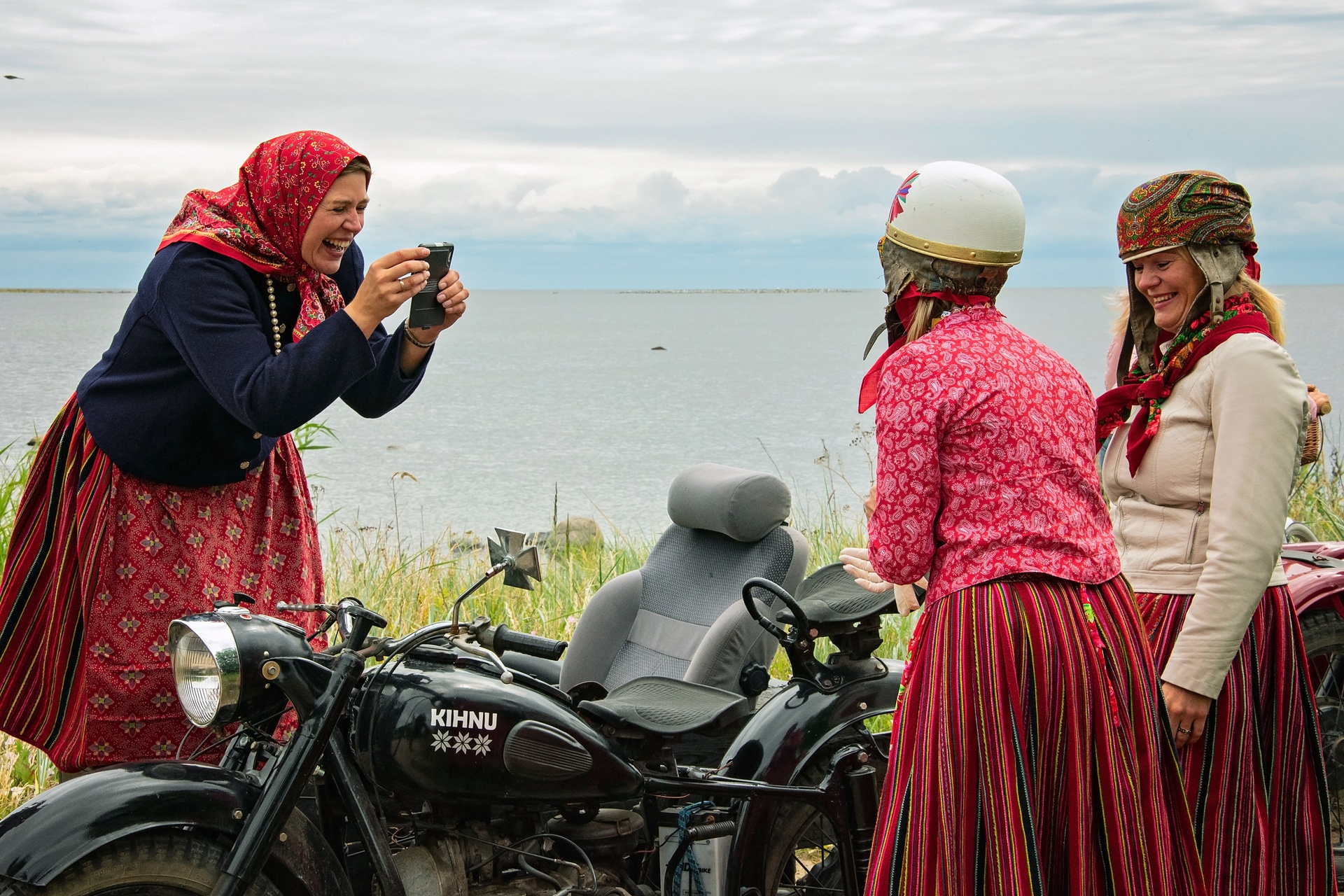
Photo: Brand Estonia / Silvia Maria Soide
Kihnu is one of the most culturally distinct places in Estonia. This island of around 700 inhabitants is known for its matriarchical rule. Historically, women here have been in charge of pretty much everything, as men spend most of their time on the sea.
Kihnu Island is one of the few places where you can still see traditional Estonian clothing worn daily. The island has a rich cultural heritage of songs, handicrafts, and traditions that have made it to the UNESCO Intangible Cultural Heritage List.
Everything here is influenced by the sea. There are sandy beaches scattered along the island, and the sea’s closeness permeates every aspect of people’s lives here on Kihnu Island. The best way to see Kihnu in all its wonders is to travel by bicycle. The locals offer bike and “truck tours” where travelers see the small island riding around in the back of a truck.
The best time to visit Kihnu is, of course, summertime when cafes open up for visitors. Still, more endearing travelers can visit the island during winter by driving on an ice road if the conditions are cold enough for the sea to freeze, allowing traffic.
Narva-Jõesuu Beach & Resorts
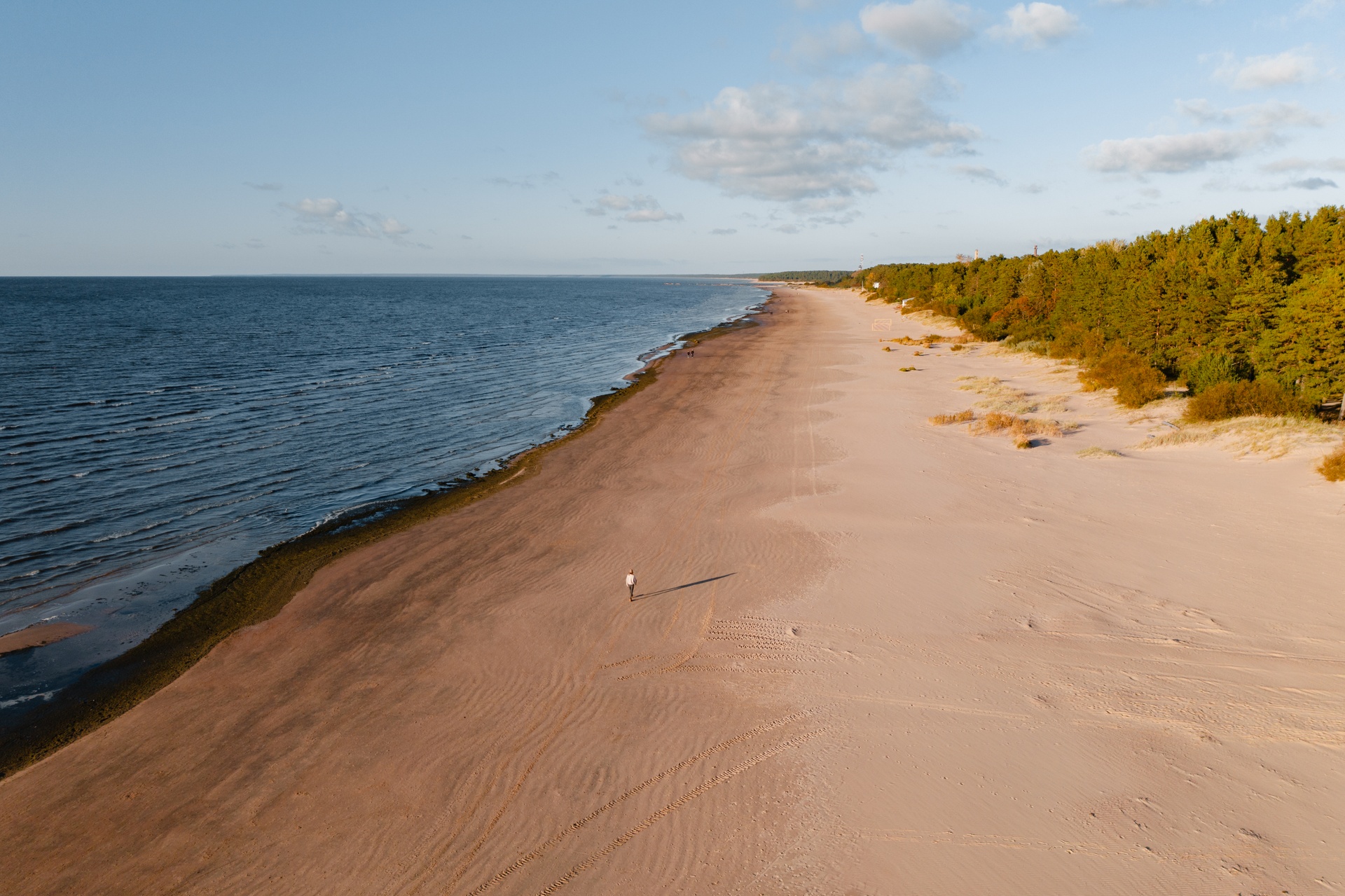
Photo: Brand Estonia / Marvin Kuhr
The longest beach in Estonia, stretching over 7 kilometers of thin white sand, is next to the Eastern border of Estonia. Narva-Jõesuu has been a valued destination for decades, with resorts and spas, sanatoriums, and guest houses extending along the waterfront.
“Narva-Jõesuu” translates to “Narva river mouth”, where the Narva river flows into the Baltic Sea. Narva is a nearby border town and a melting pot of Estonian and Russian culture. The town took heavy damage during the Second World War and was mostly rebuilt during the Soviet occupation.
Narva can be reached by train; from here, you can easily take a riverboat down to Narva-Jõesuu. For those interested in the Soviet times, the eastern areas of Estonia are well worth a road trip with many interesting stops along the way from Tallinn to Narva.
Kauksi Beach at Lake Peipus
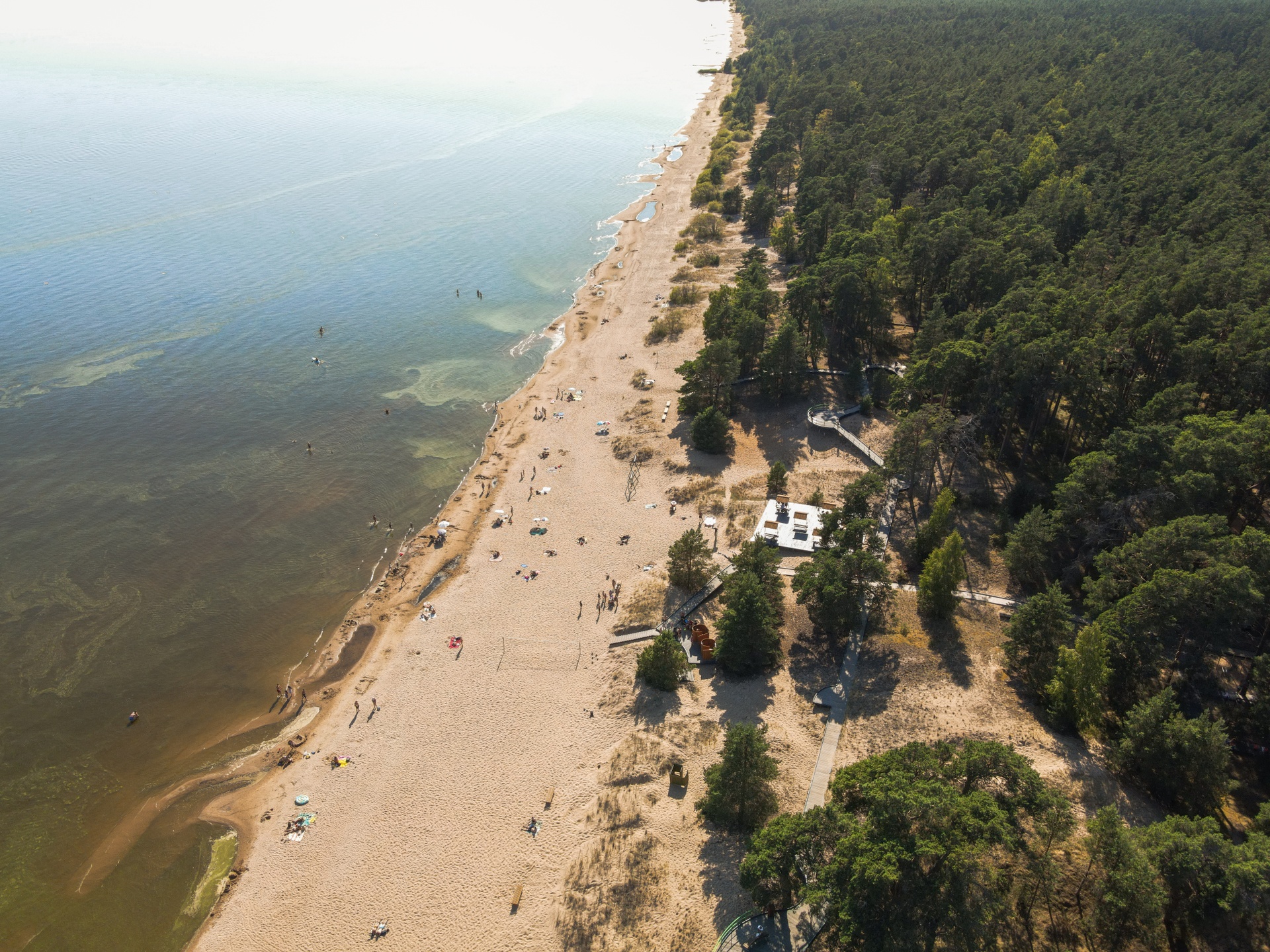
Photo: Brand Estonia / Hetkeline
Lake Peipus is a vast lake dividing Estonia and Russia. Many Estonians have spent summers along the lakeside here in Eastern Estonia. You are surrounded by beautiful pine trees, silence, and calm. The water is usually warm and doesn’t have waves. Many holiday villages, fancy and less fancy villas, and other vacation homes open their doors to travelers every summer along the lake. One of the most known beaches here is the Kauksi Beach.
Next to the Kauksi Beach are some exciting hiking trails through forests. To the south of this beach, some villages are scattered along the lakeside – called the Onion Route. The villages date back to the 17th century. They are homes to the Old Believers who left Russia in the 1600s to escape religious persecution. This scenic route along the coastline is a great way to get to know the culture of the old believers, with museums, cafes, and shops along the way.
